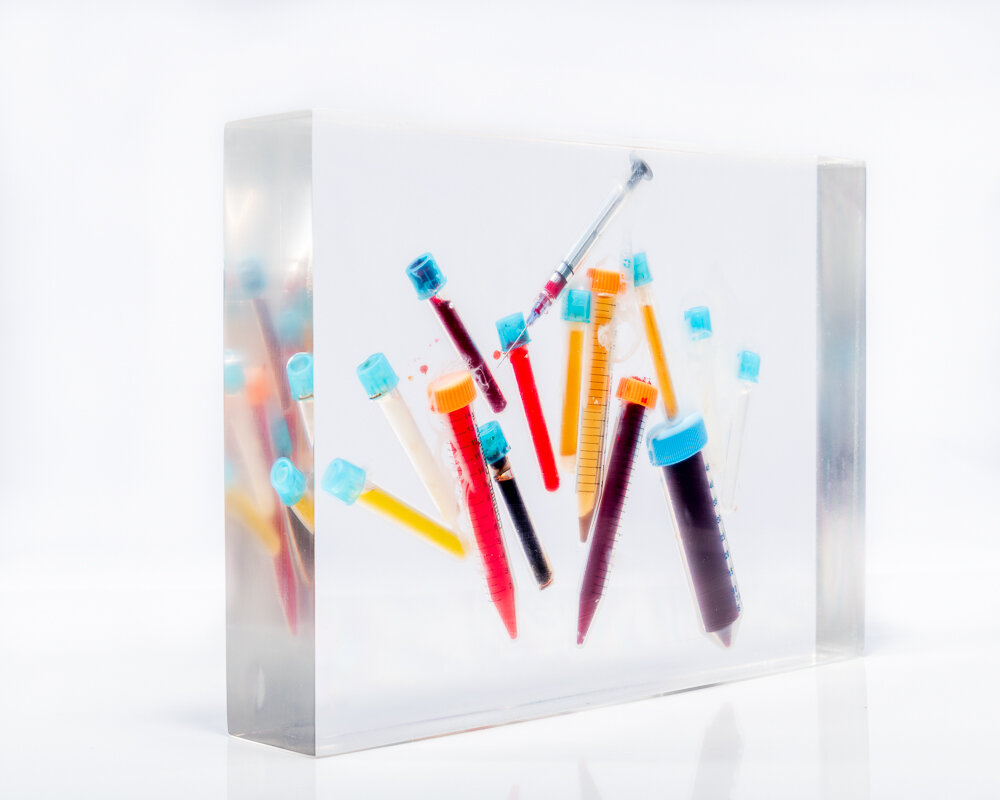Photography has since its inception carried the expectation of factual representation of reality. Yet that has never been the case, from the first shutter release subjectivity has dominated every image (moral and cultural bias of the photographer, choices of gear or camera settings, darkroom preferences, etc). This lingering illusion is now dissipating, with pervasive algorithms in digital cameras making decisions on our behalf and the widespread use of post-processing (filters, composites, etc). One of the objectives of this series is to expose our lingering assumptions of ‘truth’: careful analysis will reveal that the situations are staged and the subjects are friends posing on script.
As our relationship with images evolves alongside technological developments, new questions arise: can we still hope to separate reality and fiction? Will our memories ever be real again? Is there any truth in photographs?
The ‘tableaux’ also loosely reference contemporary issues: racism, homelessness, guns, toxic patriarchy, food contamination, privilege, isolation of the elderly, etc. They raise issues of numbness, divide, depiction, and the role of photography.
My latest project ‘Simulacra’ has large images (50” x 40”, 127cm x 102cm) paired to blocks of clear epoxy encasing an object from the set of the image (12.6” x 9.4” x 3”, 32cm x 24cm x 7.6cm, or larger).
Reminiscent of anthropological specimens or police evidence, the epoxy blocks add questions to the conversation: what is being preserved and why? How do different material forms influence our memory formation? They preserve the disregarded, ordinary objects usually ignored: a broken bottle, a plastic flower, rotten food, medical vials. They are time capsule of our struggles.
The staged photographs and epoxy-encased objects are linked, telling a story from different angles. Each seems to question the relation with the other, and which one is closest to the construction and preservation of shared experience. Each carries individual projections. Referentiality is removed although we still understand what we see.
Simulacra are iconographic visions, both archetypal and artificial. The photographic simulacrum explores the boundaries between reality and fiction, emphasizing the connections of the simulated reality to our daily lives. The encased objects investigate the relation between object, form, and memory.
Combining sculptural forms and photographs with painterly references creates both a sense of familiarity and disconnect: what are the connection with current issues and what is the meaning of representation?

